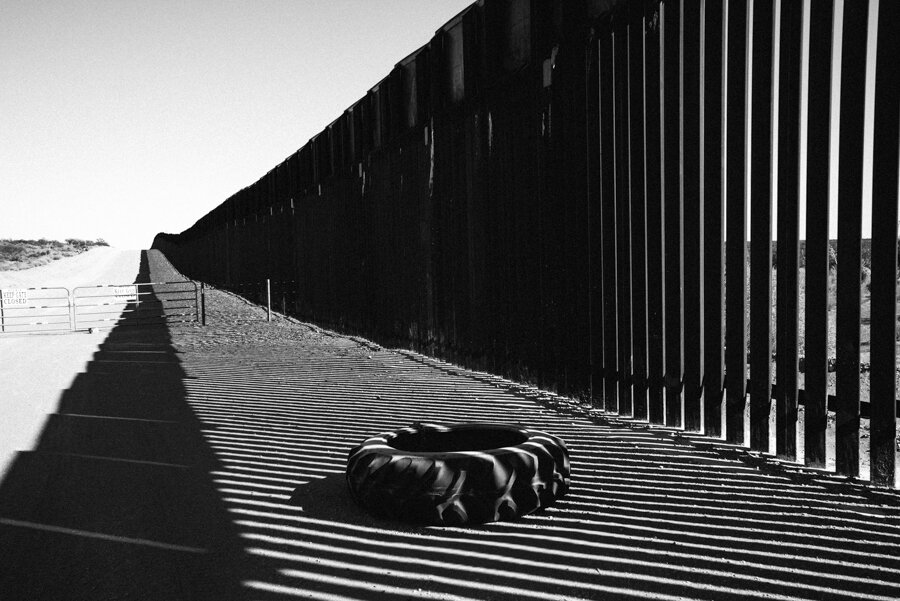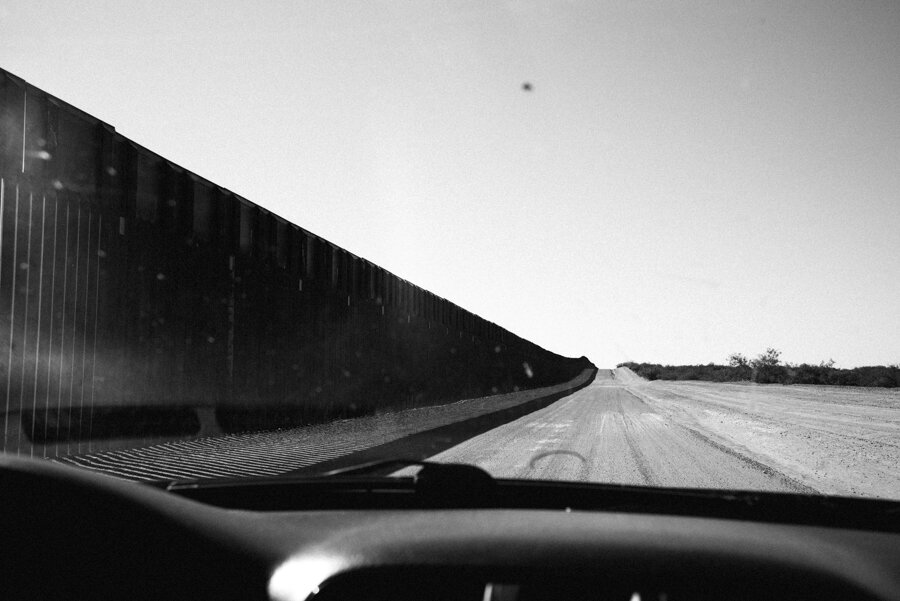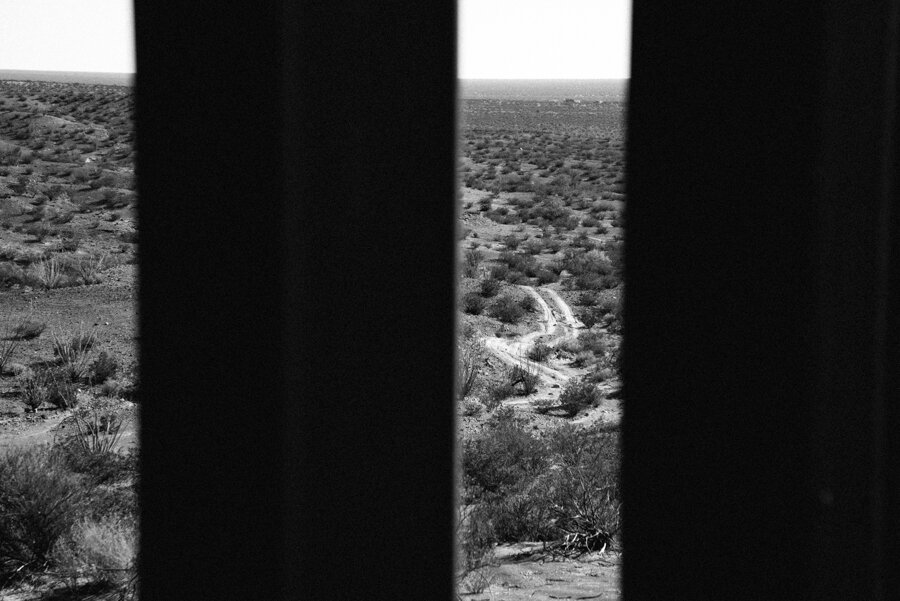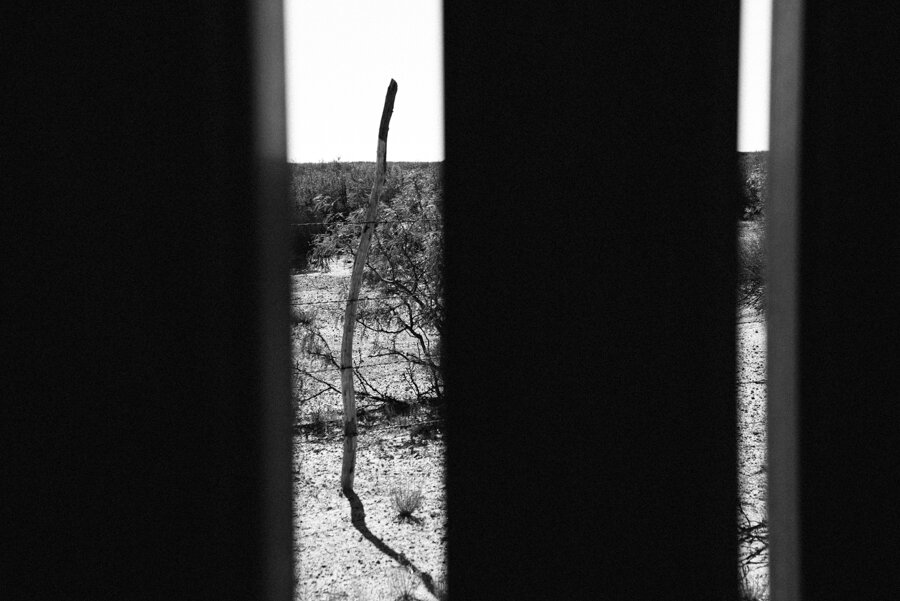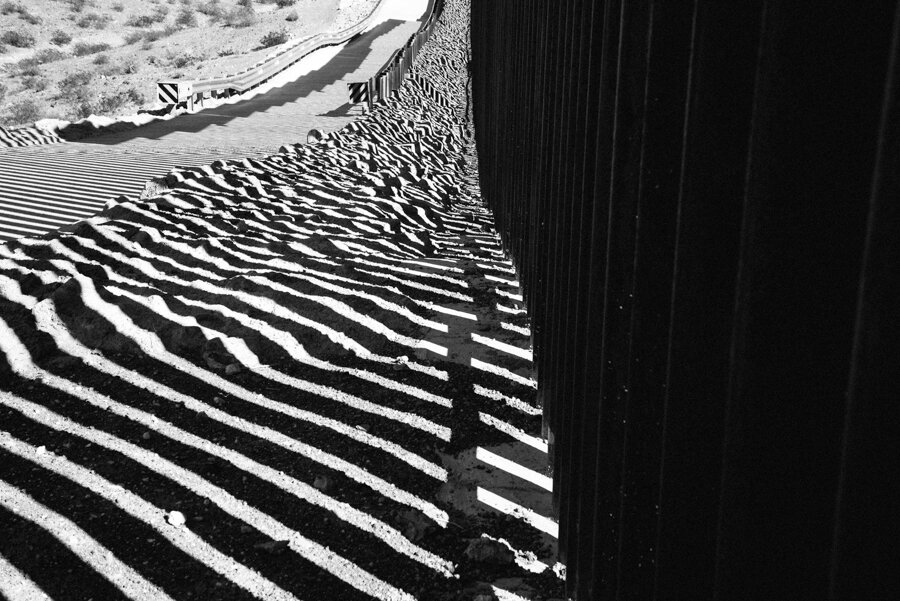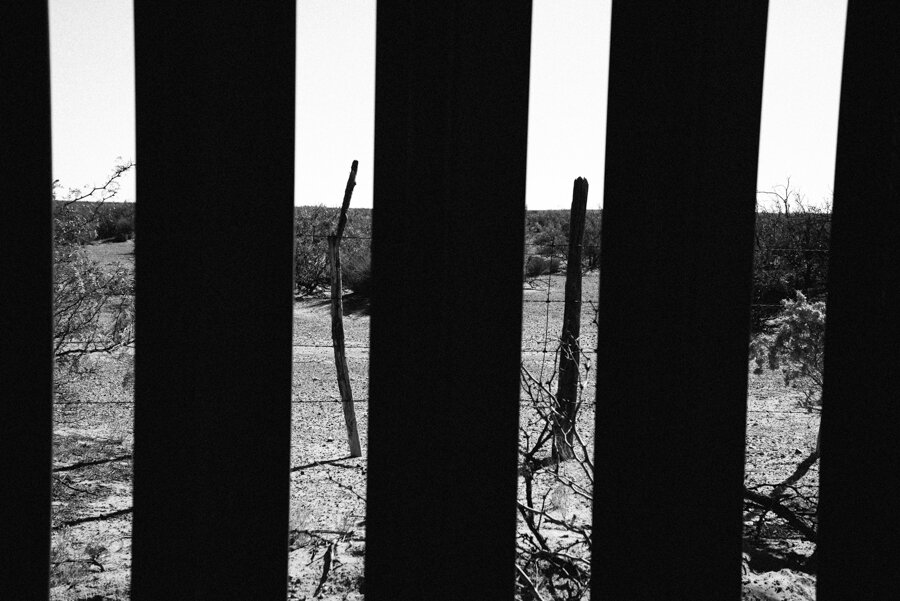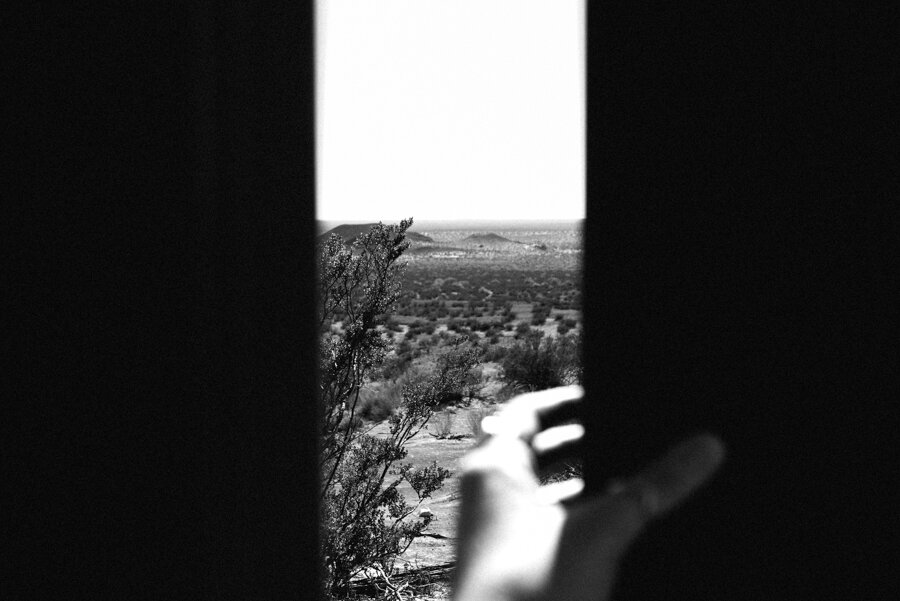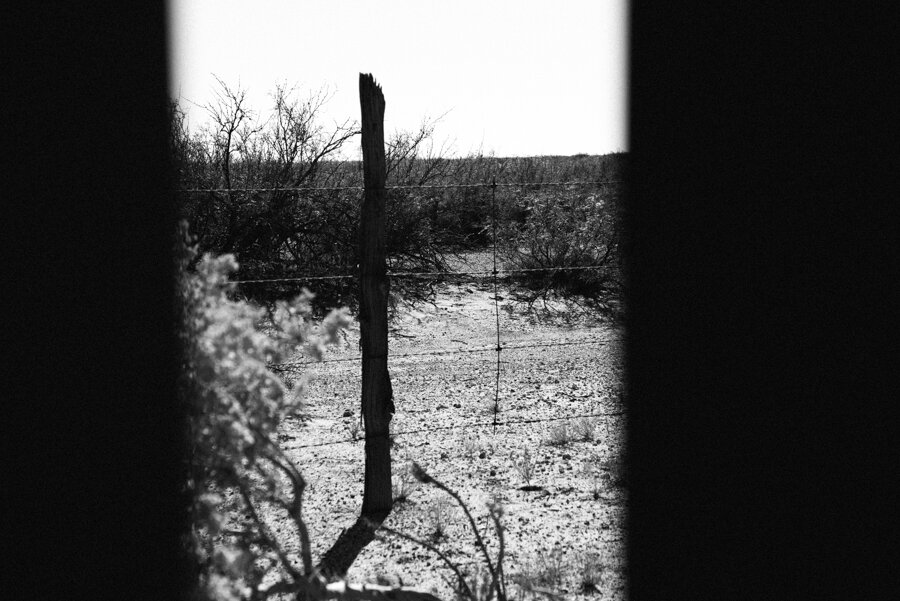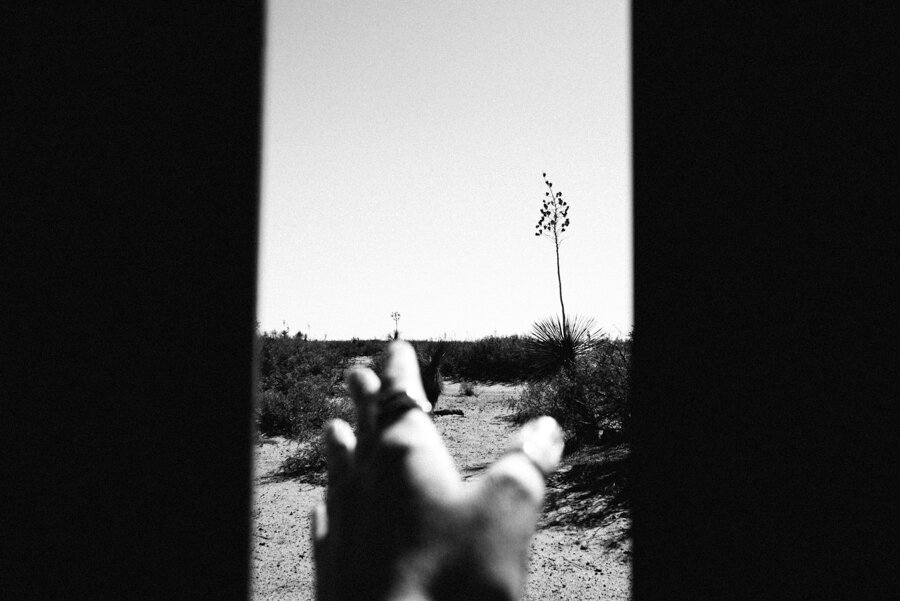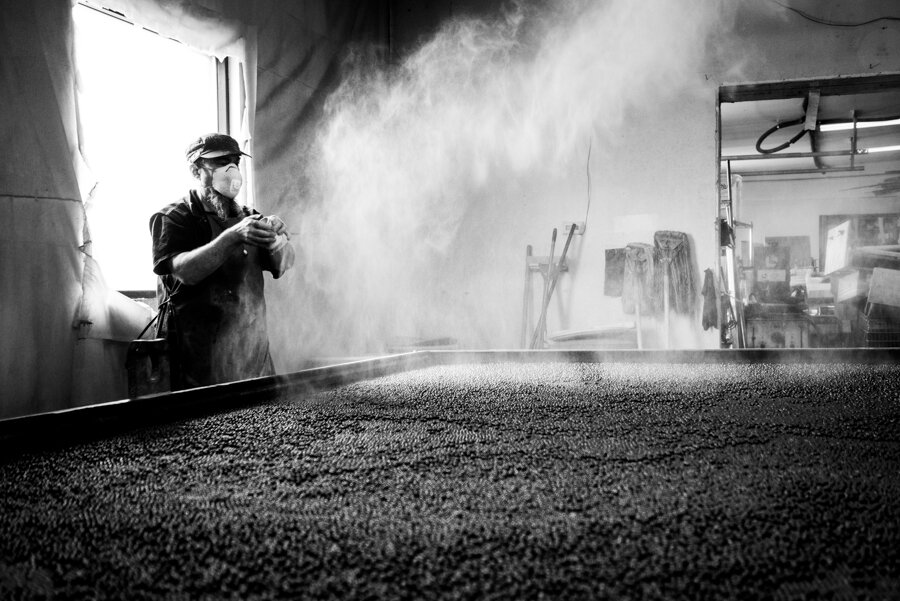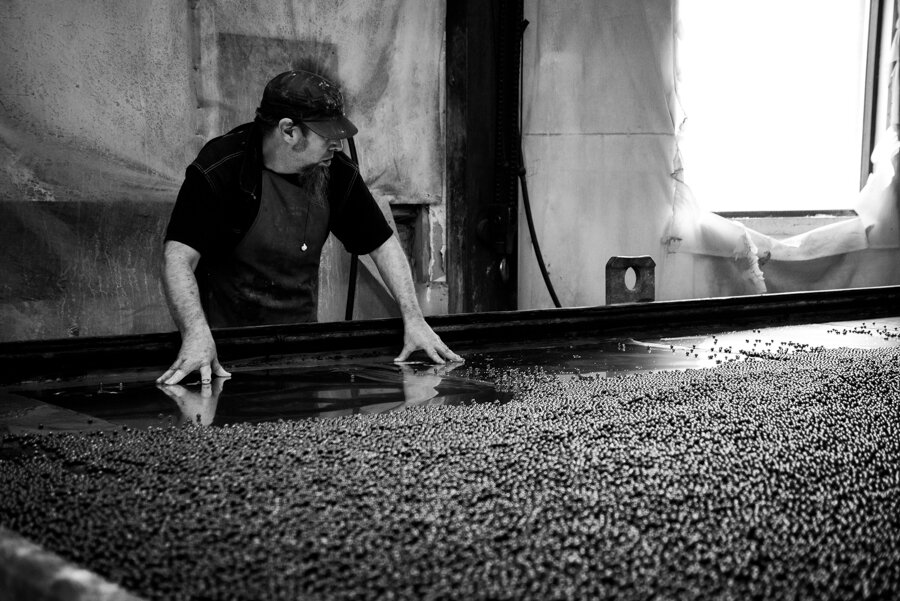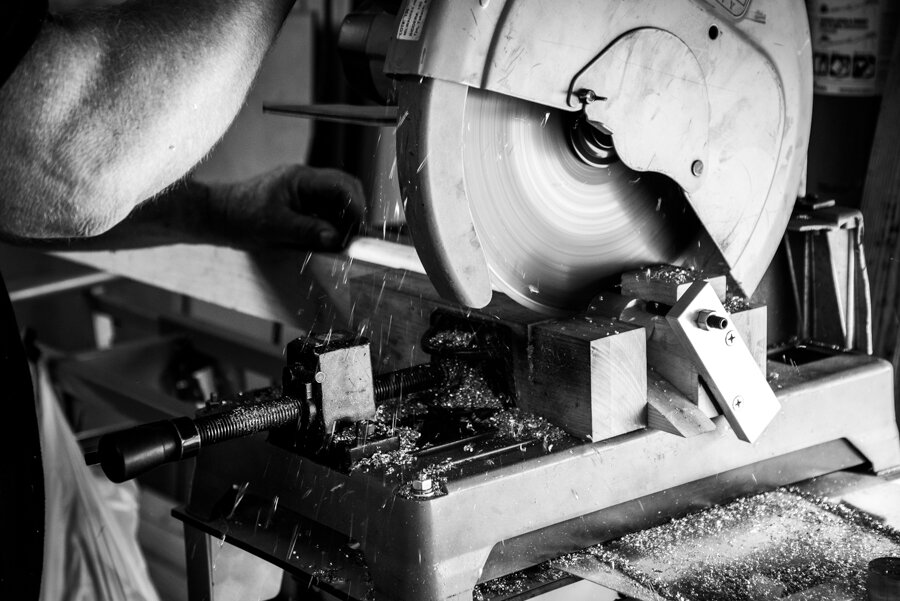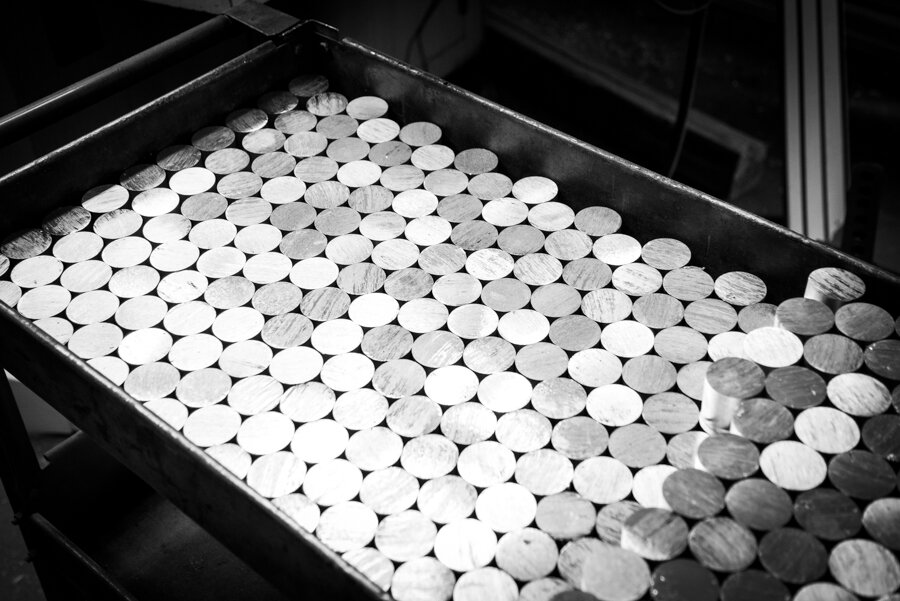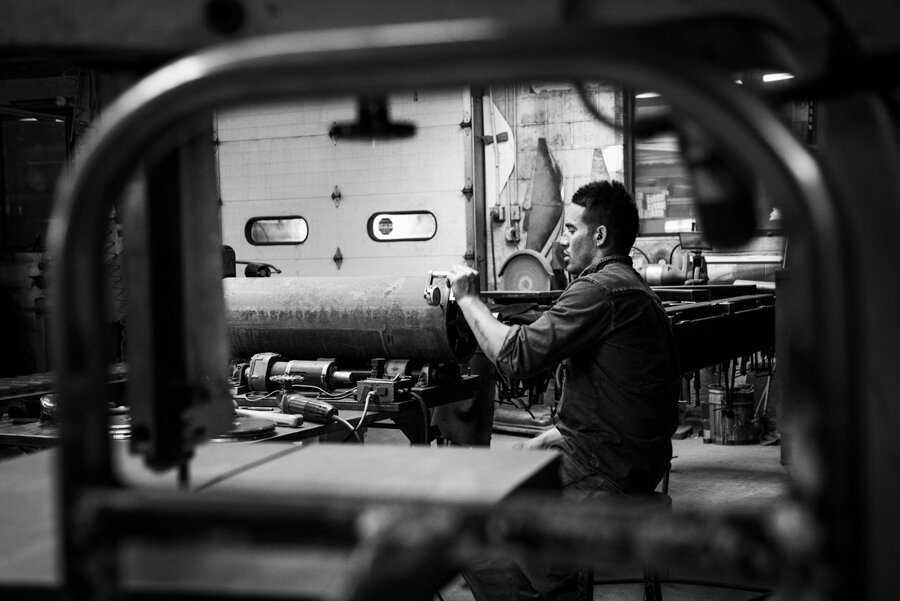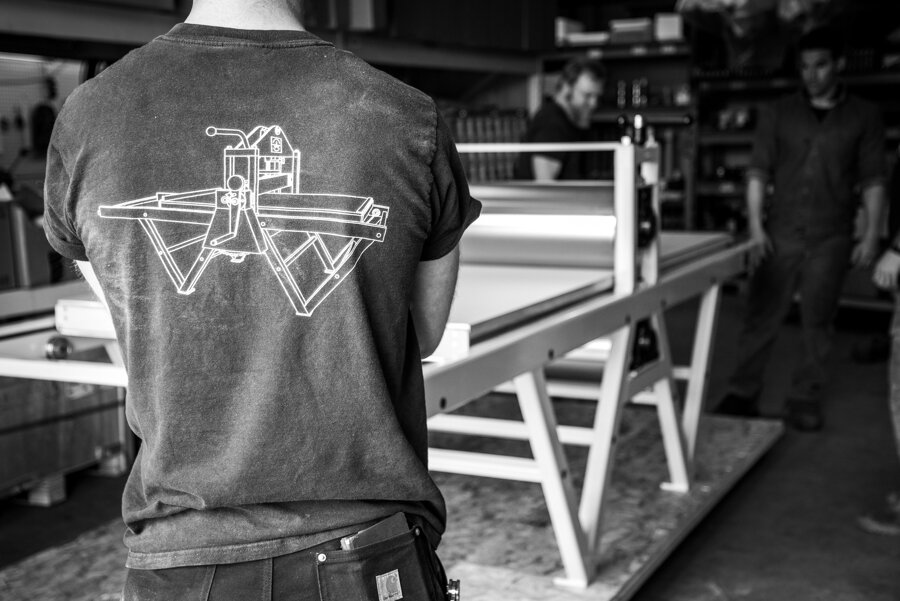The photographs I made for a Bloomberg feature on covid-19 vaccinations in the United States, were also used in articles in The New York Times and The Wall Street Journal.
Covid-19 vaccinations on the Navajo Nation
I photographed ongoing covid-19 vaccinations on the Navajo Nation in Gallup, New Mexico for Bloomberg News on March 23, 2021. On this day, the temporary clinic at the University of New Mexico was giving the second dose of the Pfizer vaccine to individuals who’d received their first shot two weeks prior.
The Navajo Nation had some of the worst covid mortality rates per capita in the United States in the spring and summer of 2020. Now, the Navajo Area Indian Health Service has vaccinated approximately 75% of their user population—people who have visited them in the last three years—and they’re still going. I felt the sense of some light at the end of the tunnel.
Read the full Bloomberg story, here. My photo is at the very end.
Work for the Bloomberg Wire in 2020
Photographs I made for Bloomberg’s wire service in 2019 & 2020 have been published in Barron’s, Bloomberg, Institutional Investor, The New York Times, The Seattle Times, The Print India, Vox, The Washington Post, and The Wall Street Journal, among others. The most recent assignment I did for Bloomberg was at the Avangrid Renewables solar farm in Encino, New Mexico.
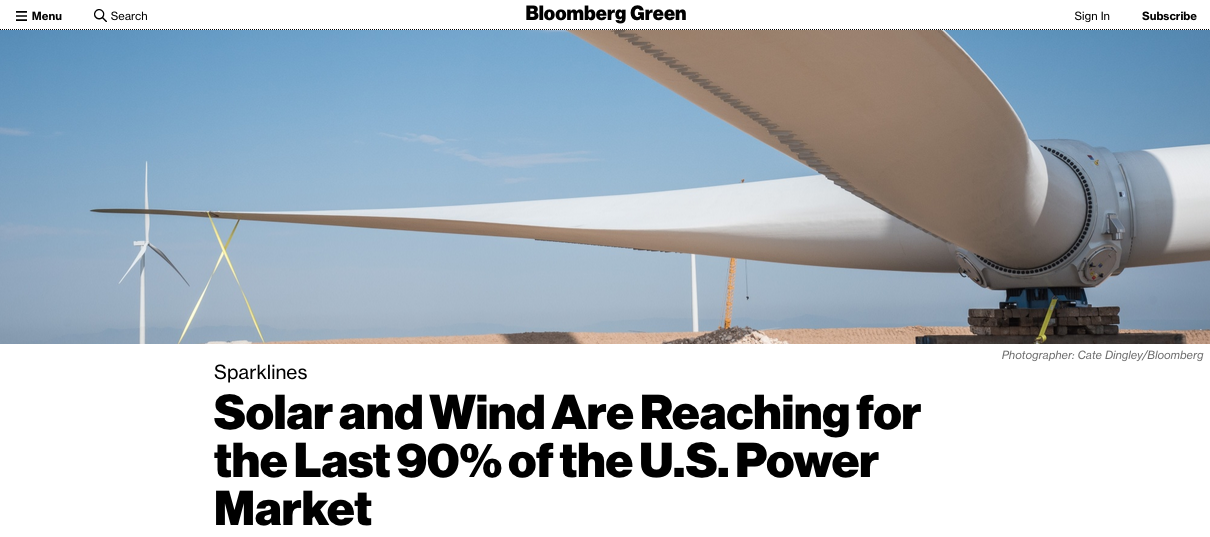
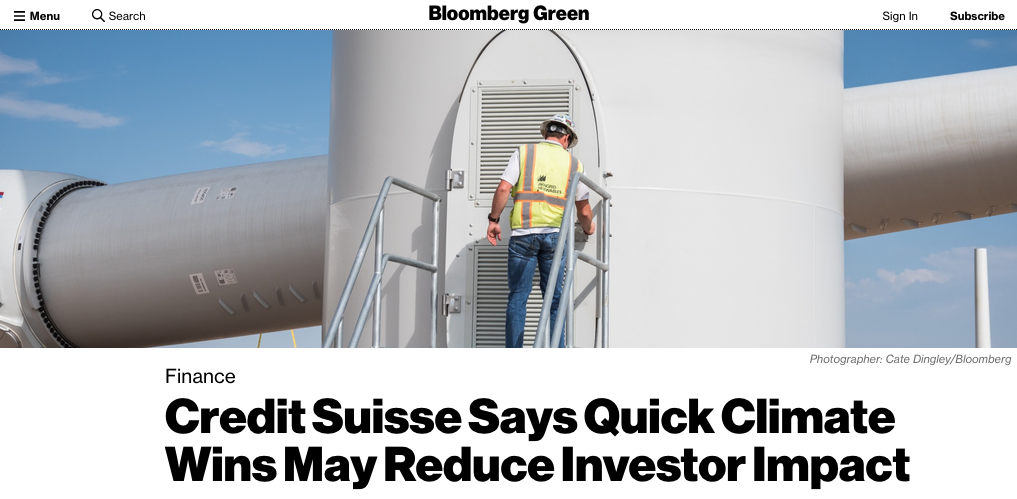

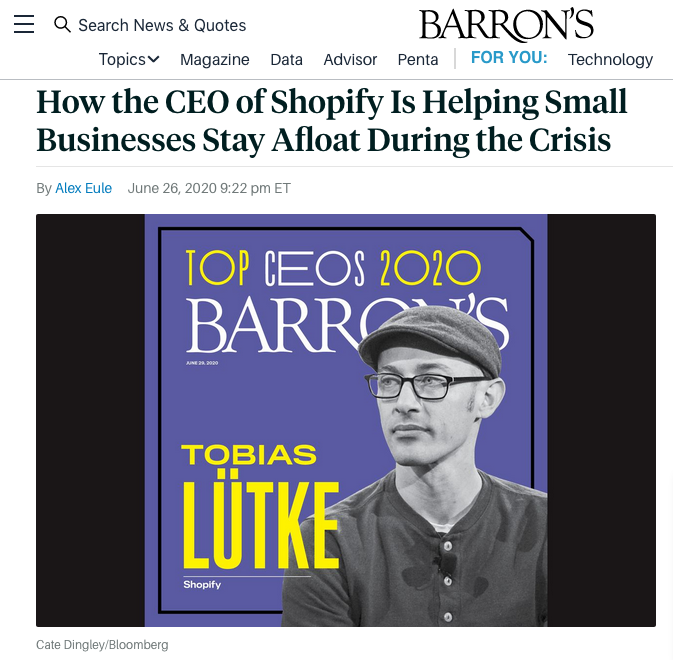
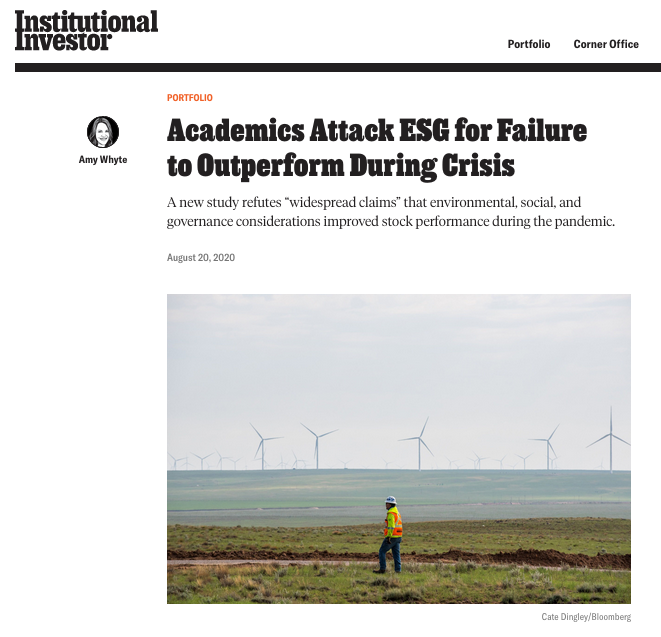
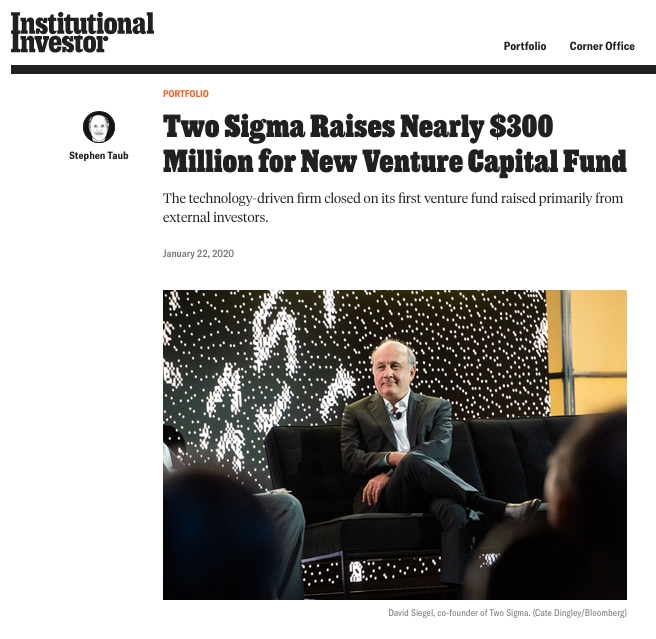
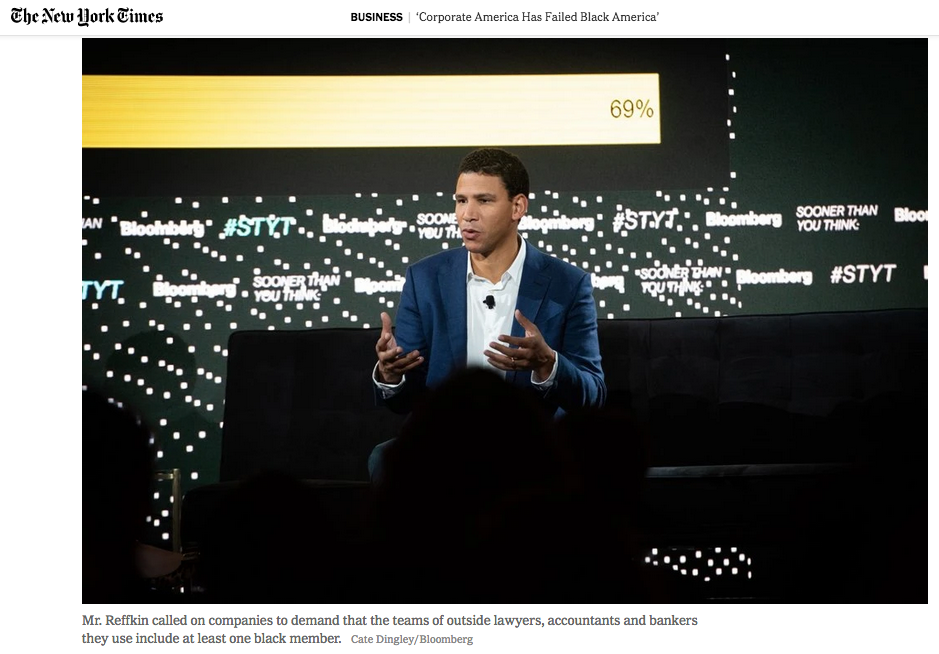
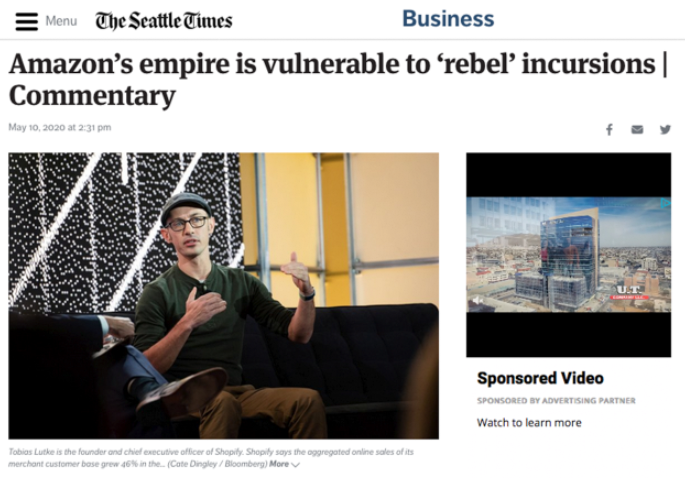
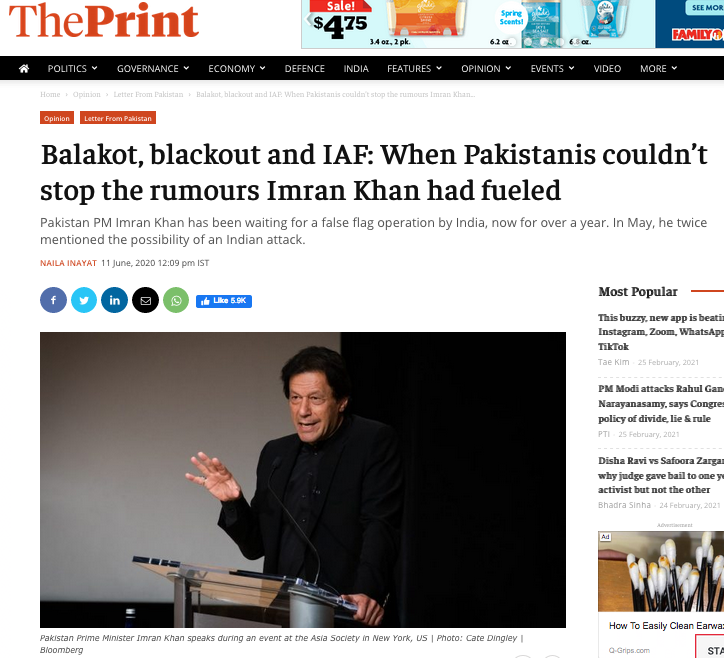
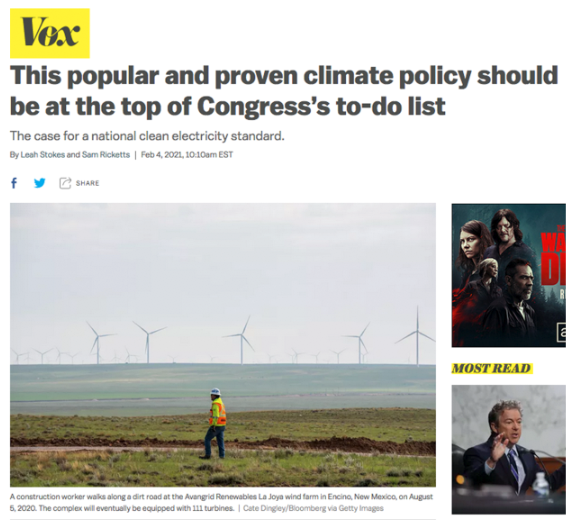

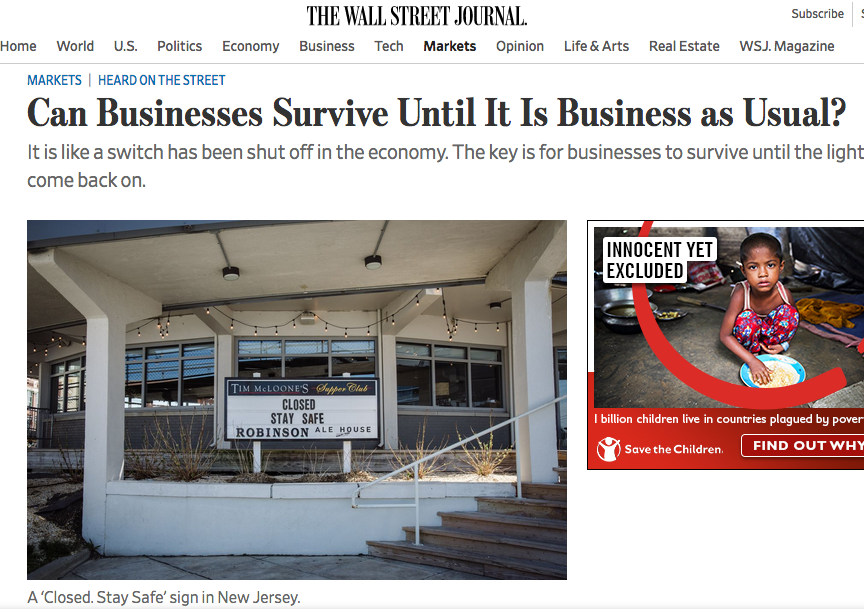
The Washington Post: Food Insecurity During Coronavirus
Thirty percent of American households where people have lost income because of the virus have missed meals or relied on food handouts in recent weeks, according to a Kaiser Family Foundation poll.
Many people who are new to worrying about getting food had low incomes at the start. Approximately a quarter of people making less than $40,000 year said the virus has pushed them to skip meals or seek free food, the poll found.
But the surprise to many food bank managers — and to their new clients — is the number of people one step up the income ladder, in the $40,000 to $90,000 range, who are short on food. About 12 percent of Americans in that income bracket said they have missed or cut the size of meals in recent weeks.
“We have a group of people who are suddenly struggling to get food,” Santa Fe Mayor Alan Webber said. “They’re people who are really unused to asking for help, people who thought they had a pretty good handle on life.”
Read full article here / text above & below by Marc Fisher/The Washington Post
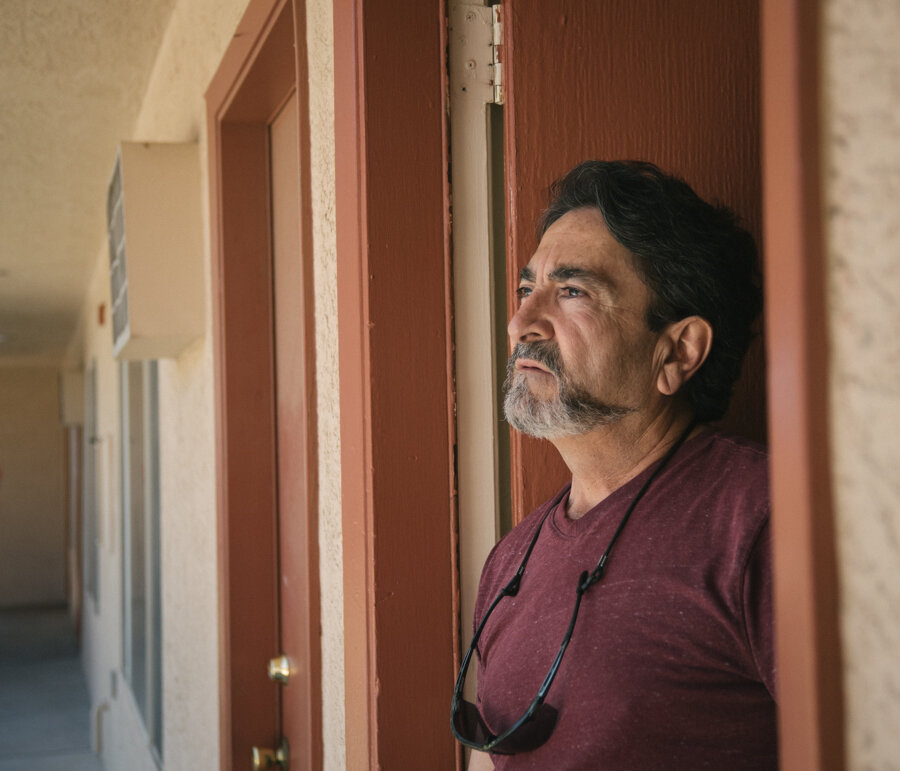
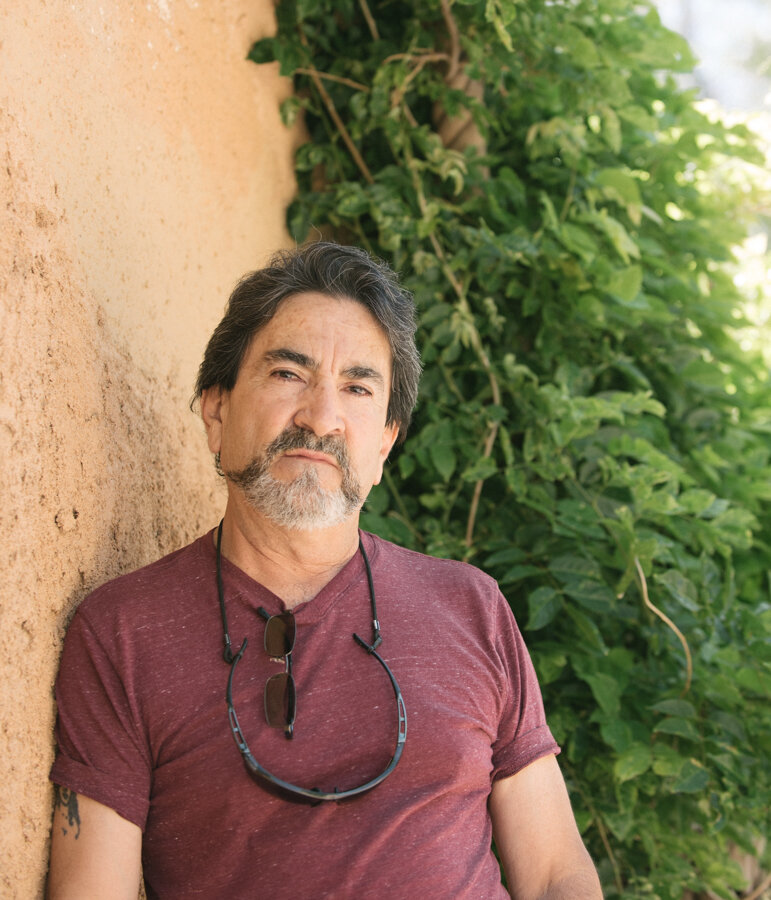
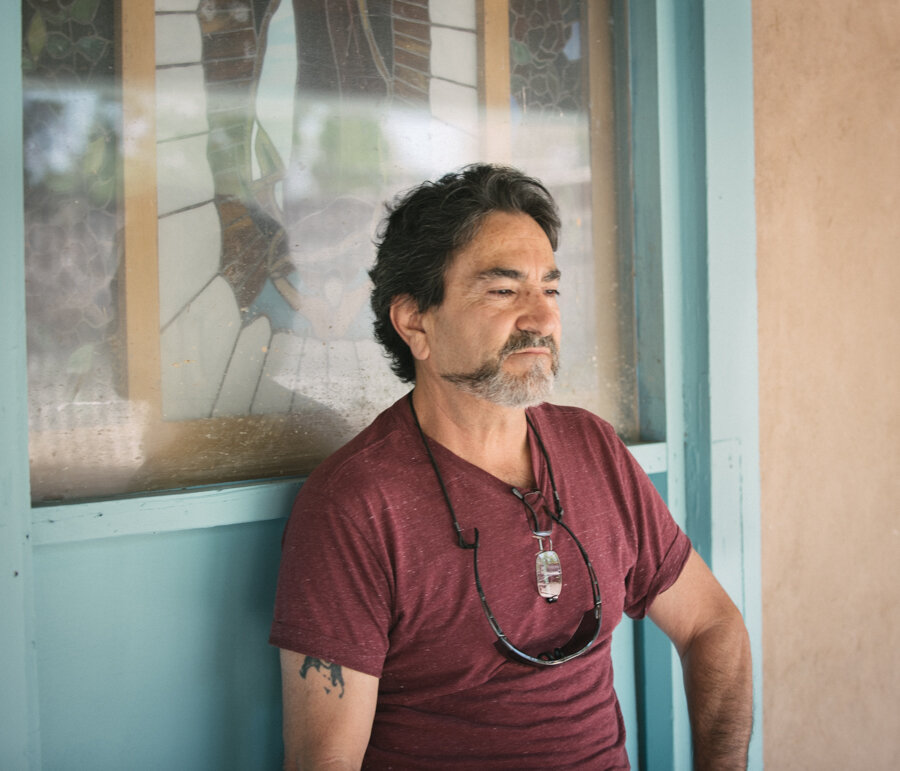
The Robert Garcia that Robert Garcia always saw in the mirror was the Marine who jumped out of helicopters, the guy who built houses, rode a Harley and had plenty of buddies. Now, thanks to the coronavirus, his reflection shows a man alone in a single room in Santa Fe, N.M., out of work, looking outside and wondering what the neighbors are thinking when the food bank delivers his meals.
“People see them coming and I feel this anxiety that they look at me in a different way,” Garcia said. “Like, ‘What’s wrong with this dude that he’s getting food like that?’ ”

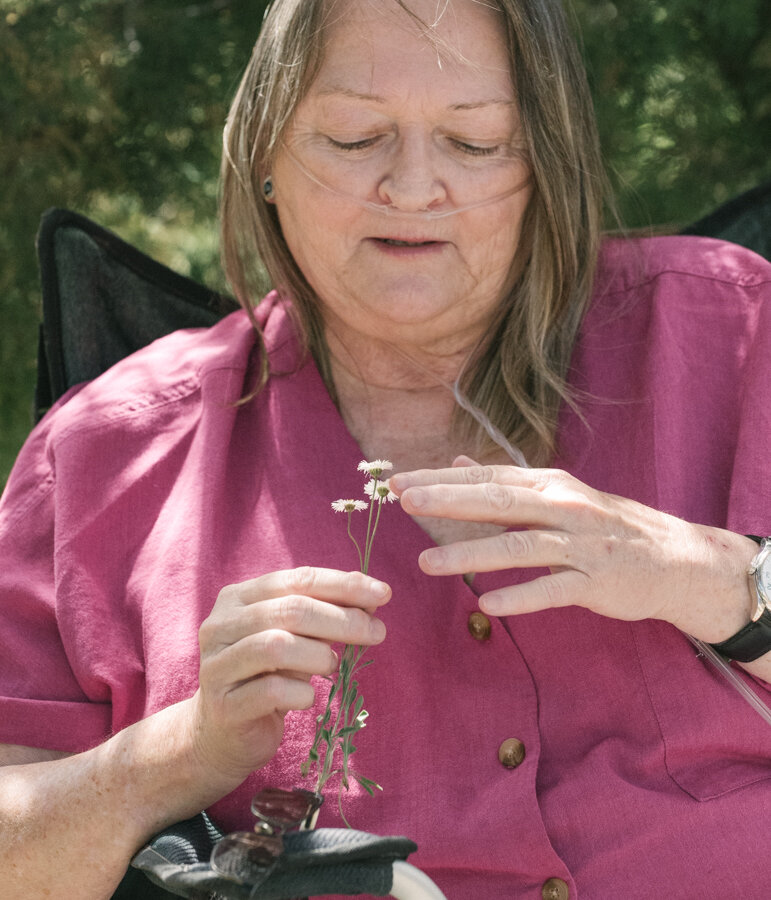
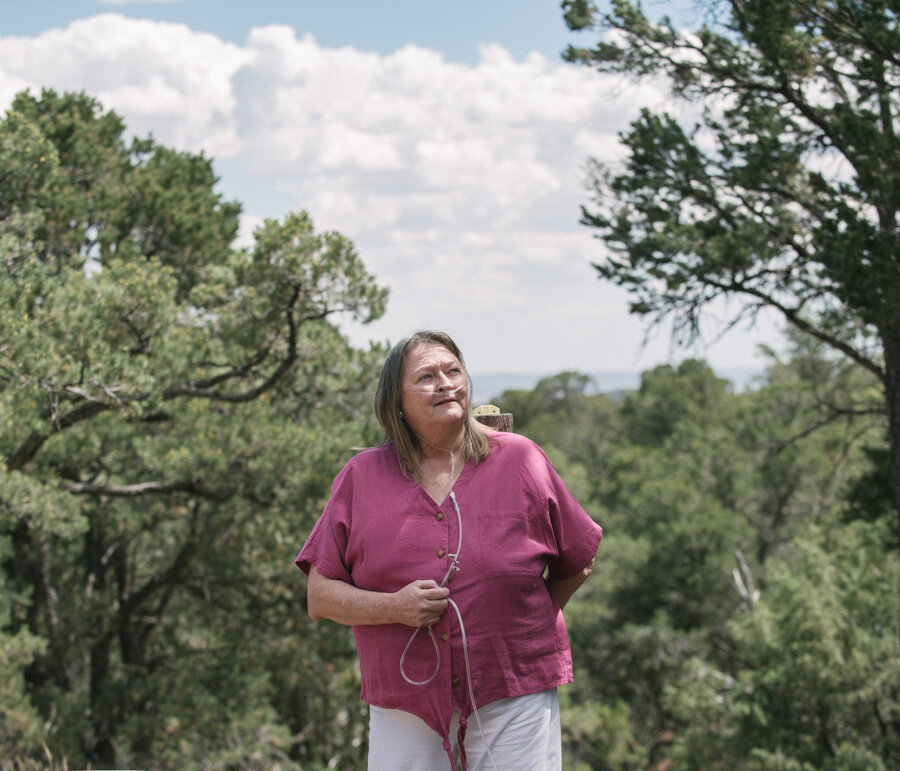
Until March, Fran Bednarek, a nurse in Santa Fe, traveled to the homes of people in need and helped them figure out how to keep it together. Now, she has lost all her income, is stuck inside, and depends on a charity’s weekly boxes of frozen dinners.
“I’ve been fiercely independent all my life,” she said. “I don’t ask for help. I keep thinking, ‘Are you sure I can have this?’ I get kind of a guilt feeling of not being able to pay my own way.”
In Santa Fe, the number of people receiving meals from Kitchen Angels, the nonprofit that is helping Garcia and Bednarek, has shot up by 27 percent in the past six weeks, said Jeanette Iskat, the agency’s client services manager.

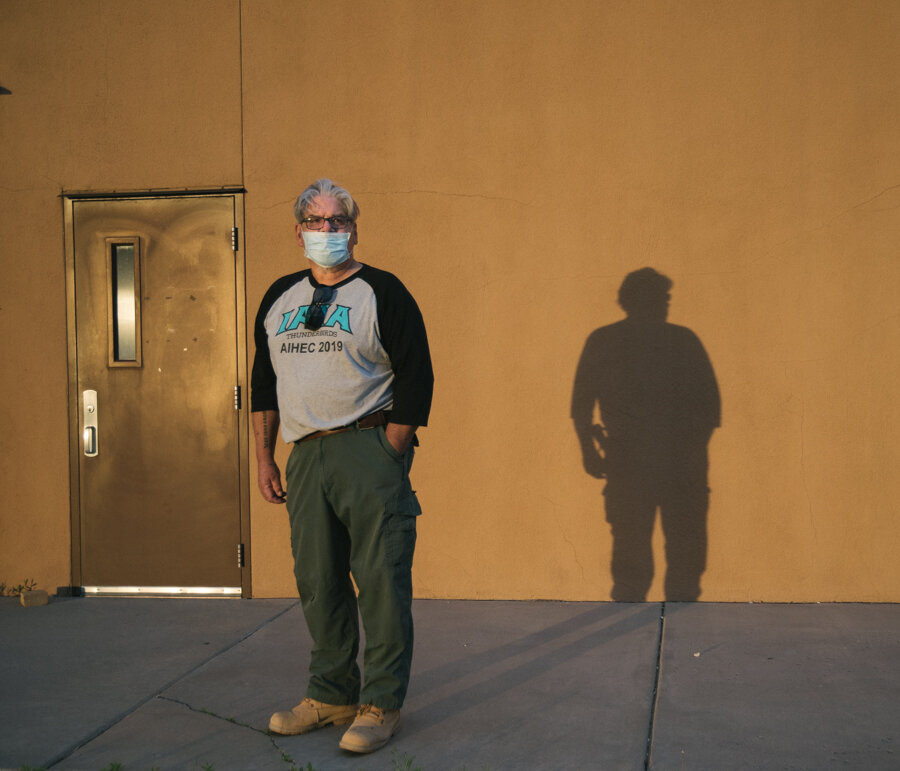
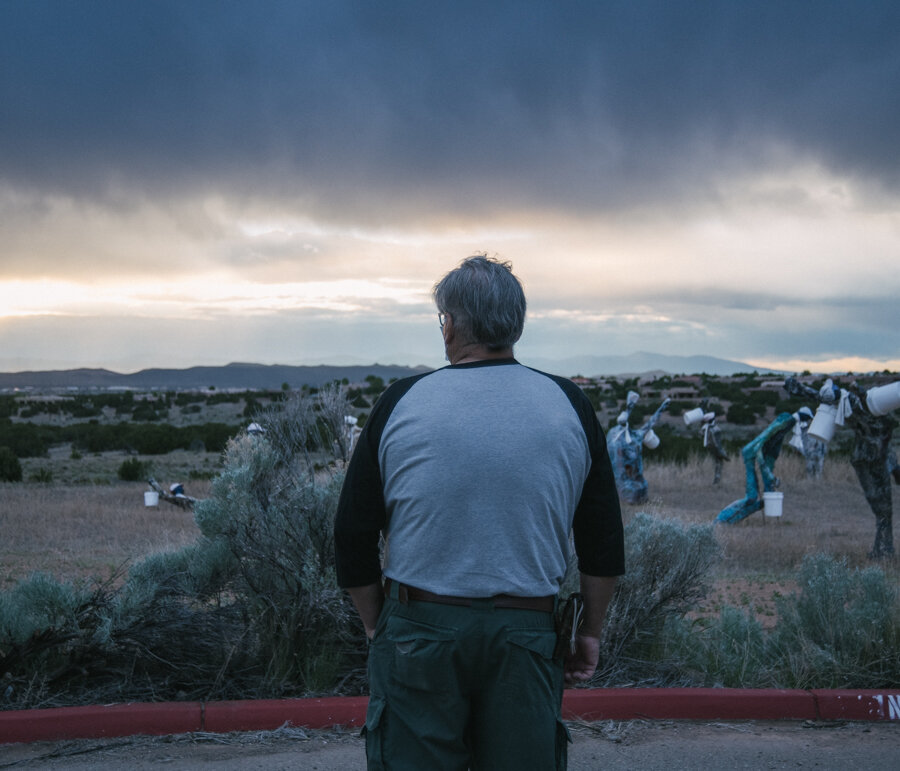
“I’ve always been self-sufficient and I was taught to take care of myself,” said T’cha-Mi’iko Cosgrove, a 73-year-old artist who was studying at the Institute of American Indian Arts in Santa Fe when the virus hit, closing the dormitories and dining hall. Now, with no job, no school and no income, he relies on food handouts, with no end in sight.
“I don’t know where I’ll go or what I’ll do,” he said. “But I’m not panicking. Today, I’m just not thinking about it.”
American Photography 36
My photograph from the New Mexico/Mexico border will be included in AP36, launching in November, of 2019's best photographs.
The New Borderwall
Yesterday I photographed the new US/Mexico border wall in Santa Teresa, New Mexico for Bloomberg Business. Driving down empty roads for over an hour with no sign of where to go, we saw a couple longhorns and a little dirt road. We turned left, drove another couple miles, and finally found the wall. It feels imposing, out of place, arbitrary. Birds fly between the diamond slats. It’s quiet, almost silent, but with the strange sense that there are likely people nearby.

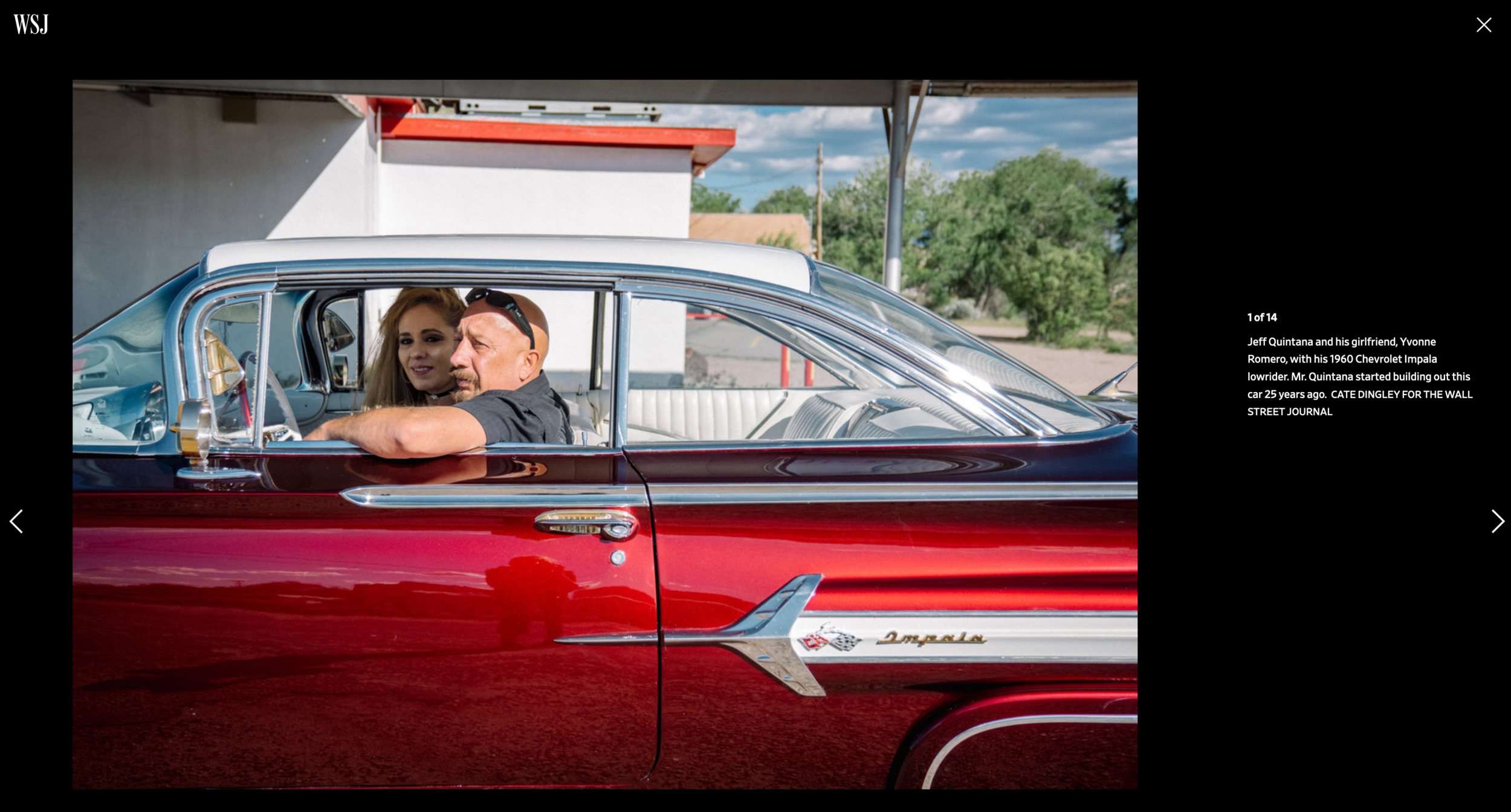

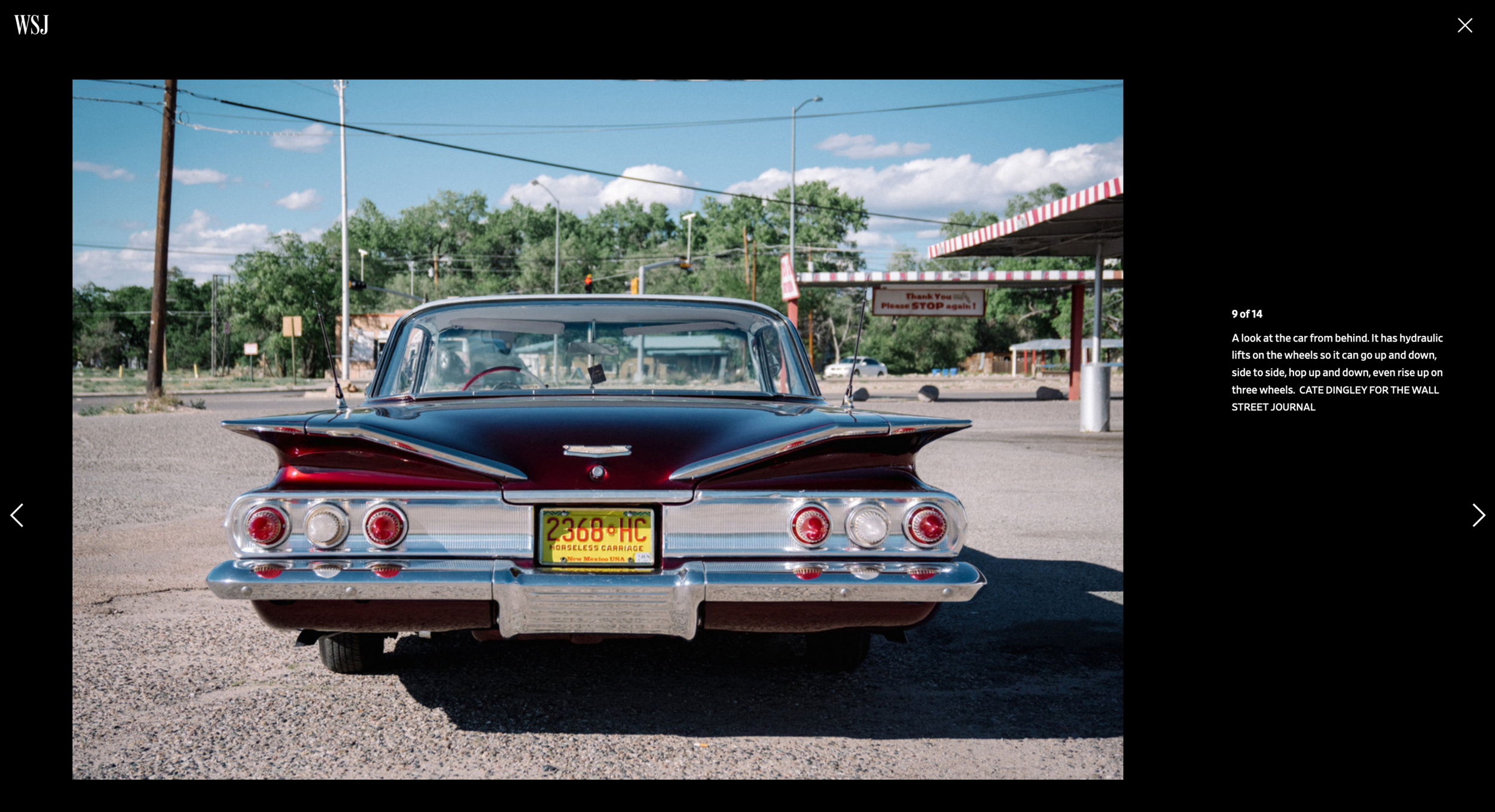
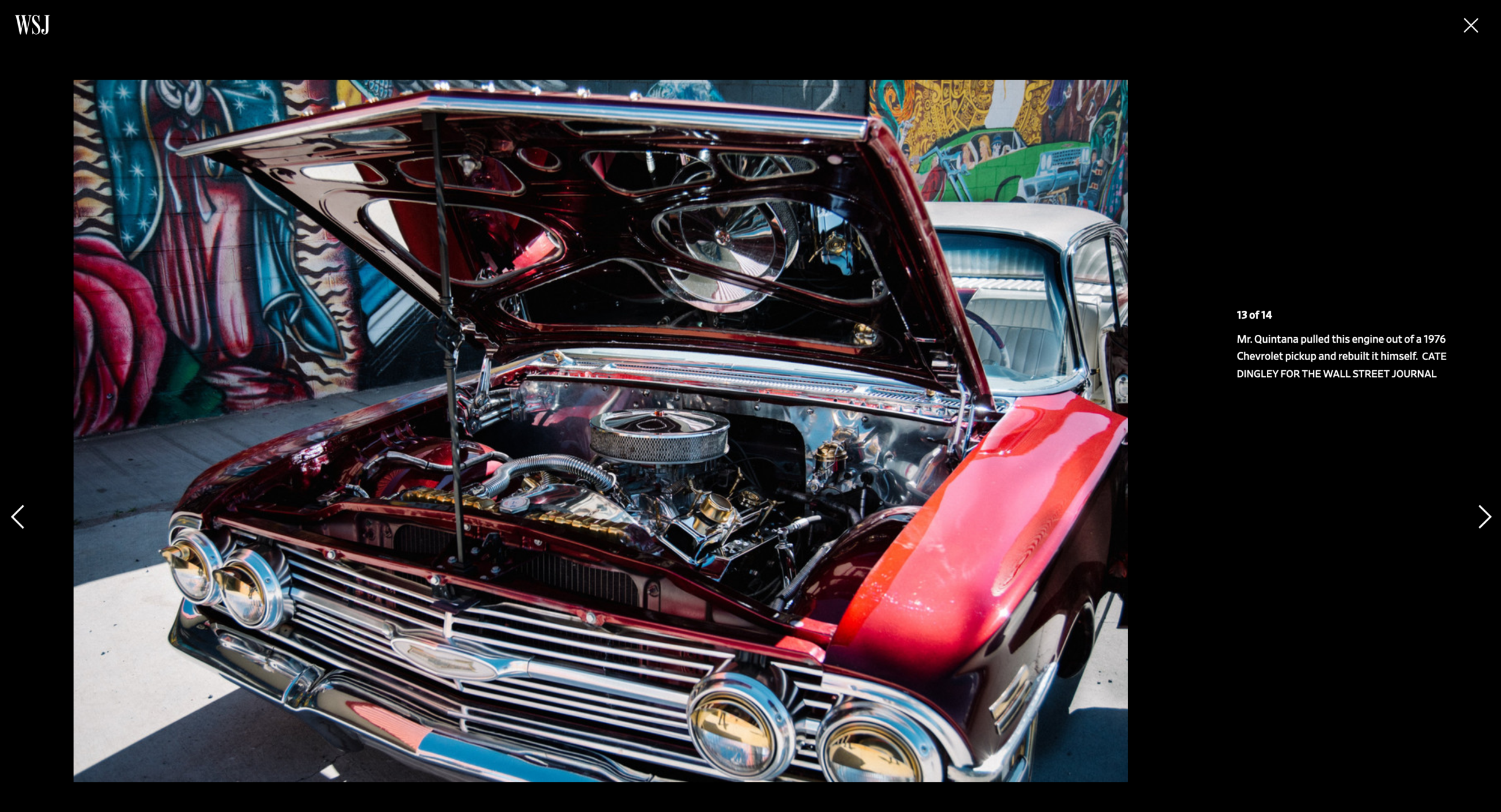
My Ride: Chevy Impala Lowrider
Online today/in print tomorrow in The Wall Street Journal: awesome lowrider couple Jeff Quintana and fiancée Yvonne Romero with their 1960 Chevy Impala, which they’ve restored to perfection. Even the engine and hydraulics are gold- and chrome-plated ✨ these two have some serious skills. And in the world’s low rider capital, too! Read here
"The Big Reveal" Extended, This Weekend in Santa Fe
Since last weekend was such a success, CENTER has decided to extend "The Big Reveal: Telling Truth in an Age of Fiction" to this weekend, too! A selection from Ezy Ryders will be shown & there are many other exhibitions & installations nearby as part of Currents New Media Festival.
// When: Friday, June 14 & Saturday, June 15, 8:30 – 10pm
// Where: El Museo Cultural de Santa Fe, East side of building, outside at the Santa Fe Railyard
// How: Free & Open to the Public
RSVP to the Facebook Event
Ezy Ryders at El Museo Cultural de Santa Fe
The Big Reveal: Telling Truth in an Age of Fiction
From the press release:
Photography today can feel invisible. It saturates the news, social media, advertising, and vernacular uses in everyday life. Yet, photography’s ubiquitousness gives it a quiet power in numbers. It aids in the telling of important truths and lies; reinforcing rhetoric and debunking myths. Photography has the power to tell a story from an individual perspective and to be understood by the masses. The Big Reveal: Telling Truth in an Age of Fiction explores how photographers today are revealing truths and addressing the roles of fact and fiction in contemporary society.
El Museo Cultural de Santa Fe / East side of building, at the Santa Fe Railyard
Friday, June 7th, & Saturday, June 8th / 8-10PM
Free & open to the public
Photographs from Ezy Ryders will be included in the outdoor projection. Selections from thirty-eight artists will be played on a continuous loop throughout the evening. Light drinks & refreshments served.
"The "Big Reveal" photographers created fantastical worlds in their images as they sought out fictional narrative as the antidote to a harsh reality. Many projects faced social issues head on and documented the problems of humanity or brought light to the un-seen. For some, revealing truths meant looking inwards and expressing a personal truth through self-portraiture or collaborations with family. These projects emphasize the unique relationship between photography and the idea of ‘truth.’"
~ Juror Angie Rizzo, Exhibits & Programs Manager, CENTER
Bloomberg: Takach Press
It was very cool to see the precision and craft behind the making of necessary and rare supplies for artists in this assignment for Bloomberg Business. Takach Press manufactures etching and lithography presses, as well as printmaking supplies such as aluminum litho plates, in their factory in Albuquerque, New Mexico.











